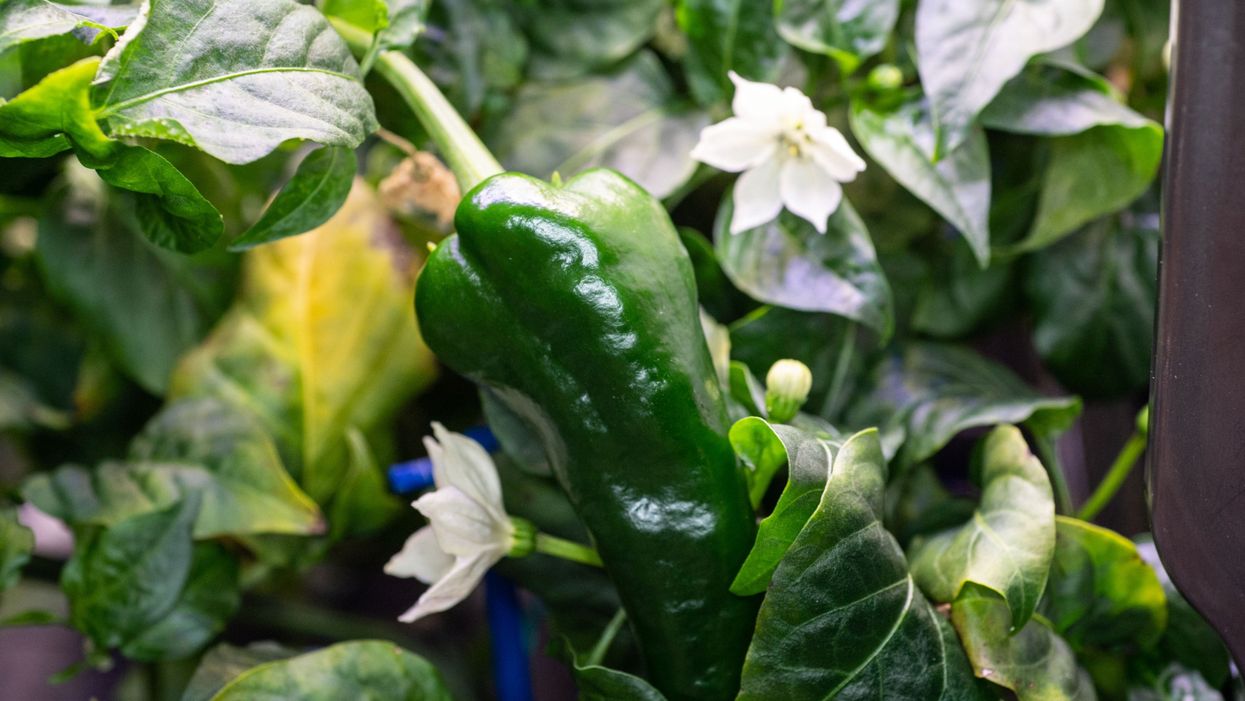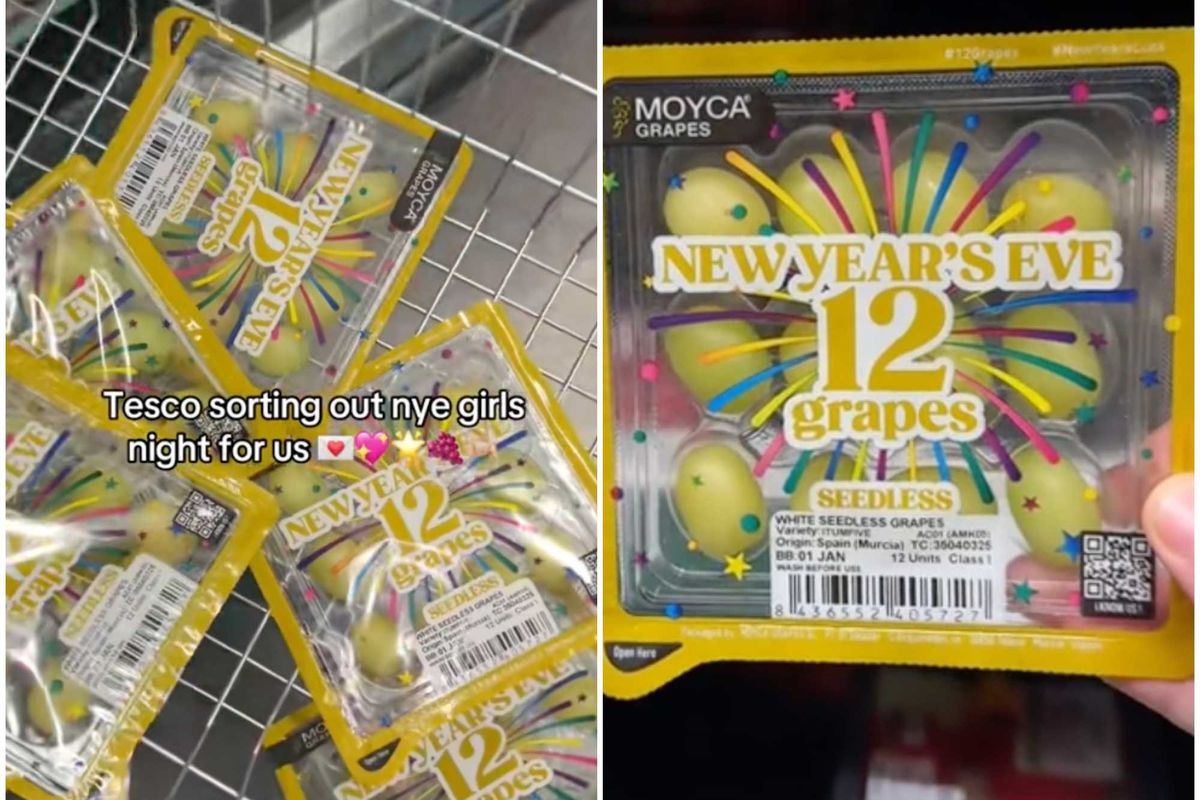Science & Tech
Sinead Butler
Nov 01, 2021
Chilli peppers have been grown in space for the first time and NASA has made the most out of their harvest by cooking “the best space tacos.”
Astronaut Meghan McArthur shared her excitement at tasting the fruit after growing 48 seeds while aboard the International Space Station for the past four months as part of an experiment.
“Friday Feasting! After the harvest, we got to taste red and green chilli. Then we filled out surveys (got to have the date). Finally, I made my best space tacos yer: fajita beef, rehydrated tomatoes and artichokes, and HATCH CHILE,” she tweeted.
Friday Feasting! After the harvest, we got to taste red and green chile. Then we filled out surveys (got to have t… https://t.co/S1UiENEewk— Megan McArthur (@Megan McArthur) 1635540980
The International Space Station Research Twitter account wished the crew a “Happy pepper picking day” and added that the growing the crop was part of their Plant Habitat-04 study and described it as “one of the most challenging station plant experiments to date.”
This is due to “the long germination and growing times,” according to Matt Romeyn, principal investigator for the experiment.
Happy pepper picking day aboard the @Space_Station!🌶️Today @Astro_Sabot gets the honor of harvesting the station’s… https://t.co/MpYfLEQof9— ISS Research (@ISS Research) 1635519591
”The challenge is the ability to feed crews in low-Earth orbit, and then to sustain explorers during future missions beyond low-Earth orbit to destinations including the Moon, as part of the Artemis program, and eventually to Mars,” Romeyn said. “We are limited to crops that don’t need storage, or extensive processing.”
As NASA explains on their website, “Feeding crews on the Moon, and especially Mars, will be a logistical challenge.
“While crews will still rely on packaged foods from Earth, part of the challenge is that sending supplies beyond low-Earth orbit requires more propellant and longer delivery times, particularly to Mars. Packaged foods stored for long periods result in degradation of the food quality, which reduces the number of key nutrients like Vitamin C and Vitamin K.”
But why peppers?
Apparently, peppers are the perfect crop to test out because they are high in Vitamin C - even higher than some citrus fruits.
Also, some space crew members may prefer spicy and seasoned food such as the chilli pepper because due to the microgravity they can lose their sense of taste and smell as a side effect of living in microgravity.
Despite the crop taking just a few months to harvest, the research process was much longer - with researches spending two year analysing over two dozen kinds of pepper from around the globe.
Some of the data PH-04 will collect includes crew feedback on flavor and texture of the peppers, along with Scoville measurements to assess the heat of the peppers grown on the space station and on the ground at Kennedy.
Though eating fresh produce is nothing new as astronauts are reported to have grown and eaten ten different vegetables in the space station since 2015.
So how did they grow?
Beforehand, researchers at Kennedy sanitized and planted the 48 pepper seeds in the science carrier, which has baked clay for roots to grow in and a controlled release fertilizer specially formulated for the peppers.
Top 100
The Conversation (0)














